Tennis
Service: “Follow your Stars” with RADO: Tennis journalists at work
A few weeks ago RADO and tennisnet announced the “Follow your Stars” competition – and Dominik Sharaf, Till Hahn, Chaleen Goehrke and Tjark Friesen were lucky: They were our Porsche Tennis Grand Prix Bloggers on Monday and took a look at the court and behind the scenes thanks to their VIP ticket. Read what they experienced and who they met today and in the days to come!
From Dominik Sharaf
Journalists at the Porsche Tennis Grand Prix do not spend a holiday that some friends have already imputed to them. For online specialists in particular, on-site reporting means enjoying stress, deadline pressure and sometimes a few rallies, but usually hitting the keys.
It is not difficult to find reporters from newspapers, magazines, agencies, web portals, radio and TV stations in the Porsche Arena. Contrary to some clichés, most of them do not sit at richly laid tables or in the best boxes, but at their workplaces. Some editors have to be led by their Spartan “office” in the media center: sounding out the news situation, keeping an eye on the social media, planning content and, of course, writing texts. Then there is no time to leave his chair on one of the long benches in the press room – even if there is still little activity on the first day of the tournament.
Jörg Allmeroth of tennisnet.com also knows the situation. The veteran rock has been reporting on the men’s and women’s tour for 28 years. Hardly anyone in the circus doesn’t shake his hand. He sells texts to over 30 newspapers, magazines and online media from Germany and abroad. Before that he was a decade football reporter. But when he thinks of this time and of descriptions of colleagues from other sports, he finds: “In tennis we are on an island of the blessed”.
He thinks the working conditions are excellent not only in Stuttgart, but at all tournaments (which used to be different in Wimbledon and at the US Open). If the agenda allows, he’ll watch matches from the stands. They’re not the best, but they’re good seats. “In big games like Grand Slam Finals, I won’t let it take it away,” said Allmeroth. No luxury, but also not a matter of course. In Formula 1, journalists have to watch television in the Media Center.
The access to the athletes is also good – even on big days like the first week of the Grand Slam tournaments, when the schedule is bursting at the seams. However, the gentlemen took their time on the way to the press conference, many journalists complain about the excessive rituals after a match point. After the first TV interviews, the tennis stars are usually only well looked after – unlike in Formula 1, where the best three drivers are transported directly from the award ceremony. Often it smells of sweat and champagne. Iso-beverages have to be dumped in front of running cameras.
The problem in tennis: Before it goes before the journalists, the aces pedal a lap on the ergometer, take a shower, let the physiotherapist knead them, torture themselves in the ice bath and enjoy a victory celebration with their family. The program lasts up to two hours. A time when the media need votes. Under the pressure of Facebook algorithms and app pushes, online portals have no choice but to make do with quotations from television broadcasts – and later to shoot up texts. Not what journalists want.
When the ceremony is over and the press conference begins, the stars of the scene will receive a chair on the podium of the large press room – in the Porsche Arena directly in the Media Center – and a microphone. Questions are asked one by one, across the board on sports and private topics, first in English and then in the player’s native language. Everything happens in front of cameras, some of it is logged. A “press conference” can be held in an unadorned back room or directly in the corridor for the less well-known active guests.
In the run-up to the tournaments there are so-called round tables, which are accessible to all accredited media representatives. Procedure: The players sit down at a table, all journalists switch on their dictation machine and are asked. Exclusive interviews are more difficult to get in tennis – if it works without vitamin B at all.
The right to exclusive content has become a problem in the online age anyway, because more and more is being published, to which everyone has access on the Internet. Whether he’s a fan or a journalist. No matter if he earns his money with the contents. No matter whether he’s on site for a lot of money or sitting in his home office on the other side of the globe. “In the days of Boris Becker and Steffi Graf it was even more lucrative to have exclusive information,” observes Jörg Allmeroth with regard to the business. “Tennis was hotter then, but it was more comfortable overall.”
Nevertheless, there are those who make it easier for journalists to work. When it comes to Roger Federer, Florian Goosmann of tennisnet.com raves – although the tennis legend is also known as a drifter. “After his matches he gives dozens of interviews for print, online, TV, radio – in English, German, French and Swiss German. Nevertheless, he answers the last colleague the same question just as kindly and patiently as the first. I find that fascinating.”
Many players would have understood that they had to give stories to the journalists. Andy Murray is also always particularly keen to get good answers, says Goosmann, who reports on the Porsche Tennis Grand Prix this week. And here above all on Caroline Garcia and Laura Siegemund builds. “Because they always get around with something.”


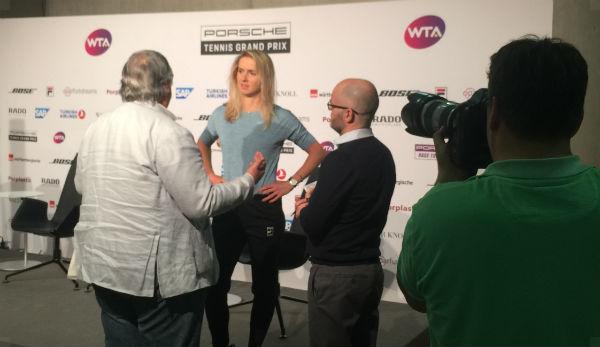


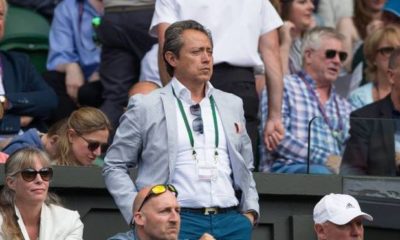
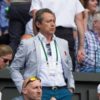
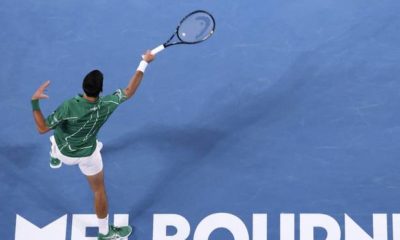
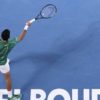
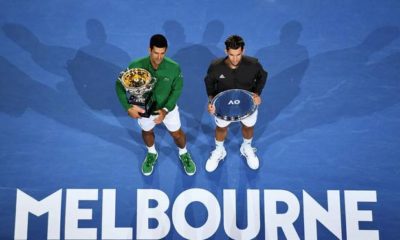
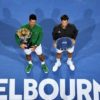
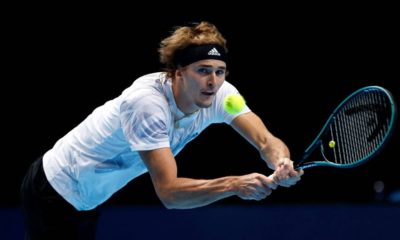
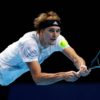
You must be logged in to post a comment Login